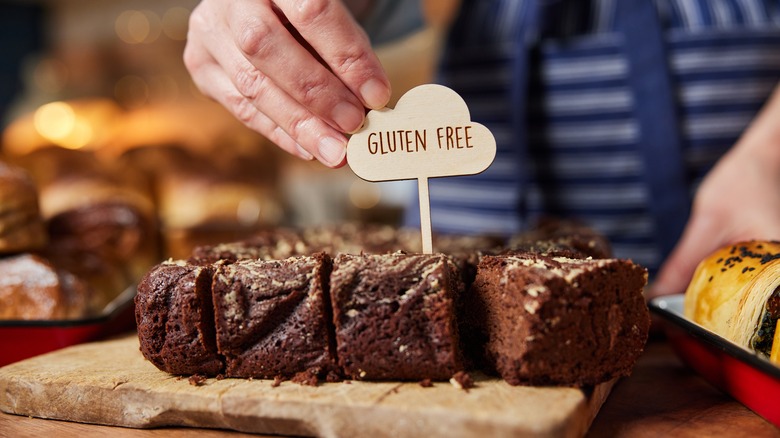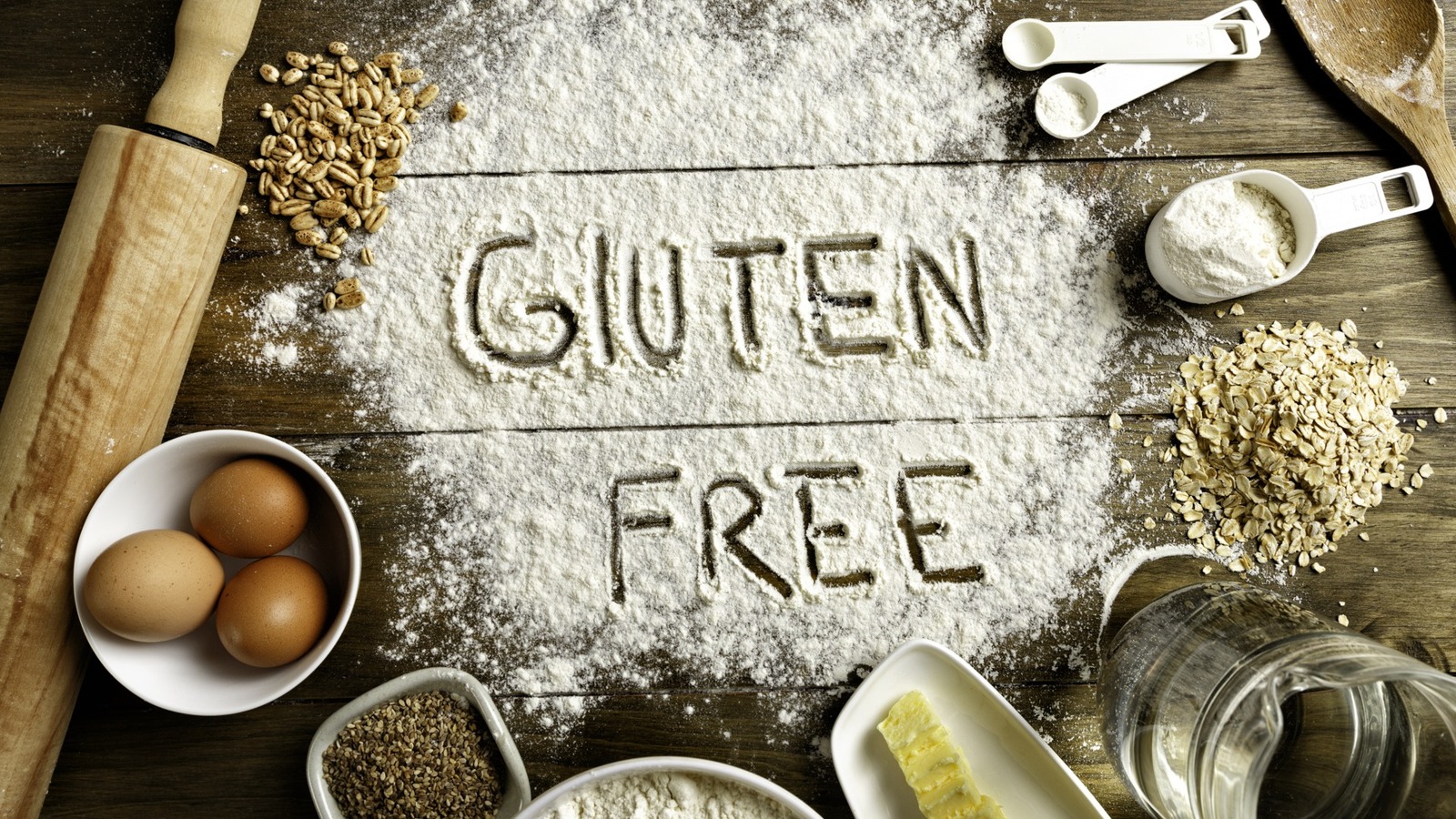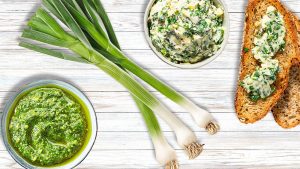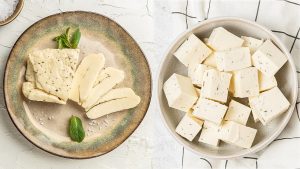Whether shopping for themselves or a friend or loved one, at some point, most people will walk into their local store to find ingredients for a gluten-free recipe only to balk at the sky-high prices of the products. Five dollars compared to $10 for the same item just doesn’t seem fair, does it? You can see why consumers find purchasing even the tastiest gluten-free snacks to be a little bit of a dampener. The reason for the higher cost ultimately stems from the fact that gluten-free products must use alternative ingredients such as tapioca flour and chickpea flour.
These swaps eliminate the gluten protein group that’s typically found in grains like wheat and barley entirely. However, these other ingredients have shorter shelf lives and therefore place more demands on producers to avoid cross-contamination and embrace alternative recipes. The shorter shelf life stems from the lack of gluten protein, while the more complex manufacturing processes result from the use and maintenance of separate equipment and the need for extra certifications and gluten testing for quality assurance. All of this results in a higher cost.
Even aside from all of that, the low demand level spikes prices. According to a 2020 study published in Frontiers in Nutrition, 8.4% of people worldwide manage gluten disorders. The plain truth is that gluten-free food involves more raw ingredients and complicated production — all for a smaller demographic than the general public. Its prices are higher, and that doesn’t look due to change any time soon.
How to save money on gluten-free products

Basic products such as gluten-free flour shouldn’t spike your food shop too dramatically. Sticking to these simple buys and cooking from scratch and in bulk will save you money. The products that really start to hike their prices are processed foods, which already have more ingredients and production time invested in them, plus extra factors like shelf life to consider. Gluten-free bread is usually a wallet kicker. Cereal and pasta are equally steep in price, often double the price of gluten alternatives. For this reason, you should be most tactical when buying processed foods — really evaluate which shops offer the best deals and explore ways to maximize shelf life.
With all this said, you can make some truly delicious recipes, from lemon thyme zucchini bread to classic pancakes. The quality of gluten-free products is on an impressive upward tangent, and you can find more options now than ever before. There’s no need for those on gluten-free diets to miss out on tasty dishes and fulfilling mealtimes; just be prepared for the fact that it may cost more.







